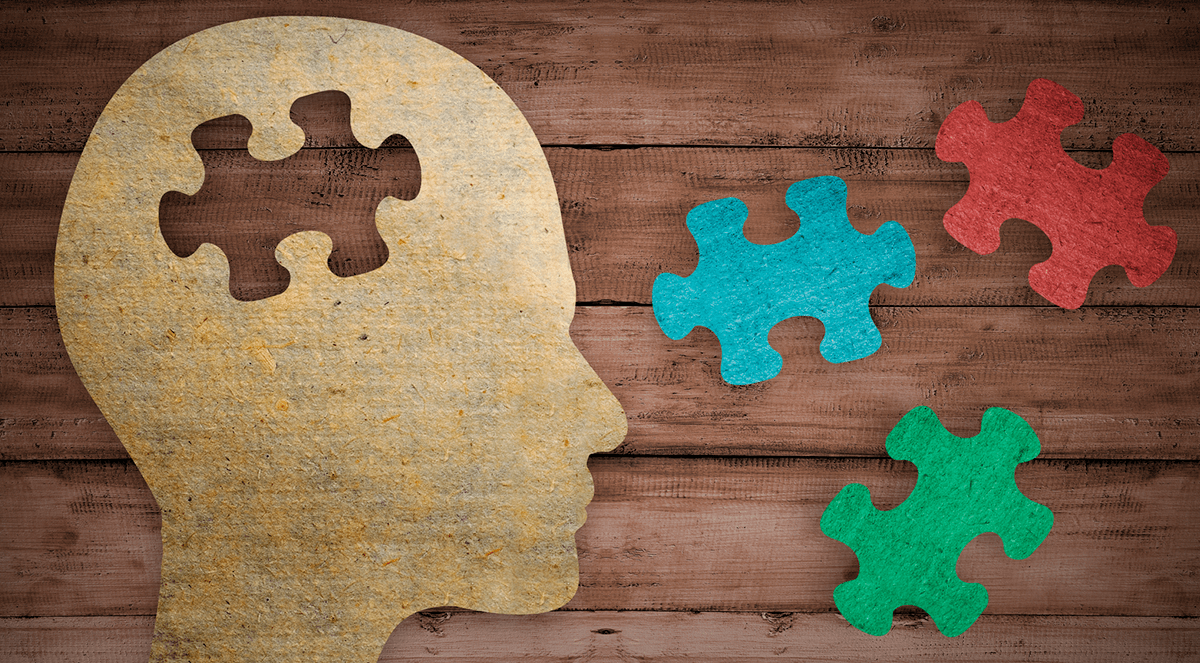Pharmacological options for treating bipolar disorder have increased over the past 20 years, with several second-generation antipsychotics receiving regulatory approval in the 1990s. The authors describe trends in use of pharmacological agents in the outpatient management of bipolar disorder.
Using nationally representative data from the 1997-2016 National Ambulatory Medical Care Surveys, the authors examined trends in the use of mood stabilizers, first- and second-generation antipsychotics, and antidepressants among psychiatrist visits for which bipolar disorder was listed among the primary diagnoses. A logistic regression model was used to identify statistically significant trends, with covariates including age, gender, race/ethnicity, and primary insurance.
Antipsychotics were increasingly more commonly prescribed, increasing from 12.4% of outpatient visits for bipolar disorder in the 1997-2000 period to 51.4% in the 2013-2016 period (adjusted odds ratio=5.05, 95% CI=3.65-7.01). Use of mood stabilizers decreased from 62.3% of visits for bipolar disorder in the 1997-2000 period to 26.4% in the 2013-2016 period (adjusted odds ratio=0.18, 95% CI=0.13-0.27). Prescription of antidepressants occurred in 47.0% of visits for bipolar disorder in the 1997-2000 period and 57.5% in the 2013-2016 period. Prescription of an antidepressant without a mood stabilizer increased substantially, from 17.9% in the 1997-2000 period to 40.9% in the 2013-2016 period (adjusted odds ratio=2.88, 95% CI=2.06-4.03).
Substantial changes have occurred in the treatment of bipolar disorder over the past 20 years, with second-generation antipsychotics in large measure supplanting traditional mood stabilizers. Antidepressant prescriptions persisted despite a lack of evidence for their efficacy in bipolar disorder and concerns about increasing the risk of mania. Research is needed to compare the real-world effectiveness and tolerability of newer antipsychotics with those of traditional mood stabilizers.
20-Year Trends in the Pharmacologic Treatment of Bipolar Disorder by Psychiatrists in Outpatient Care Settings.


